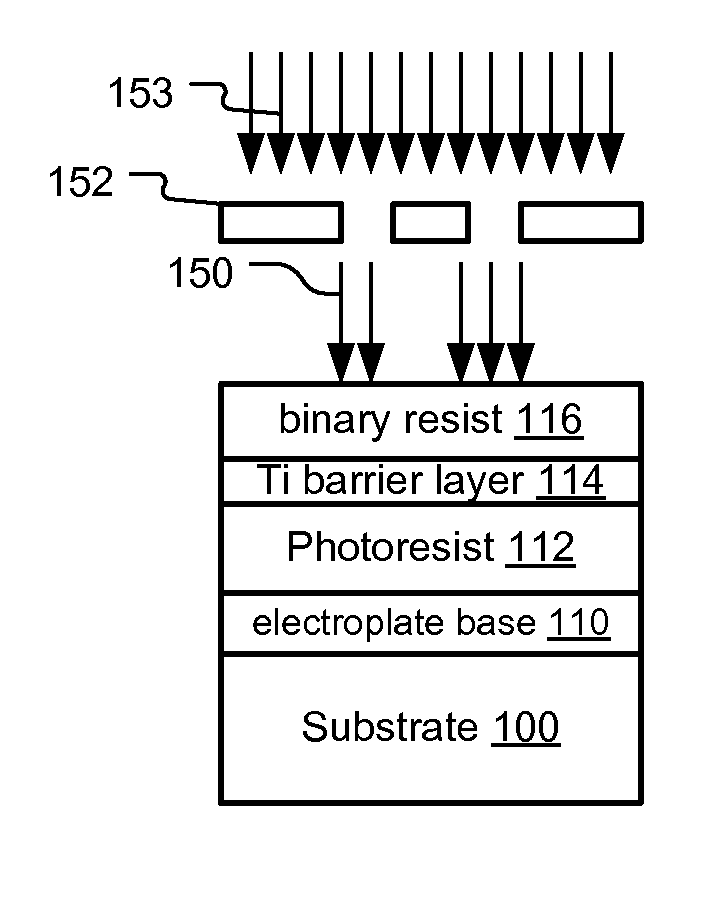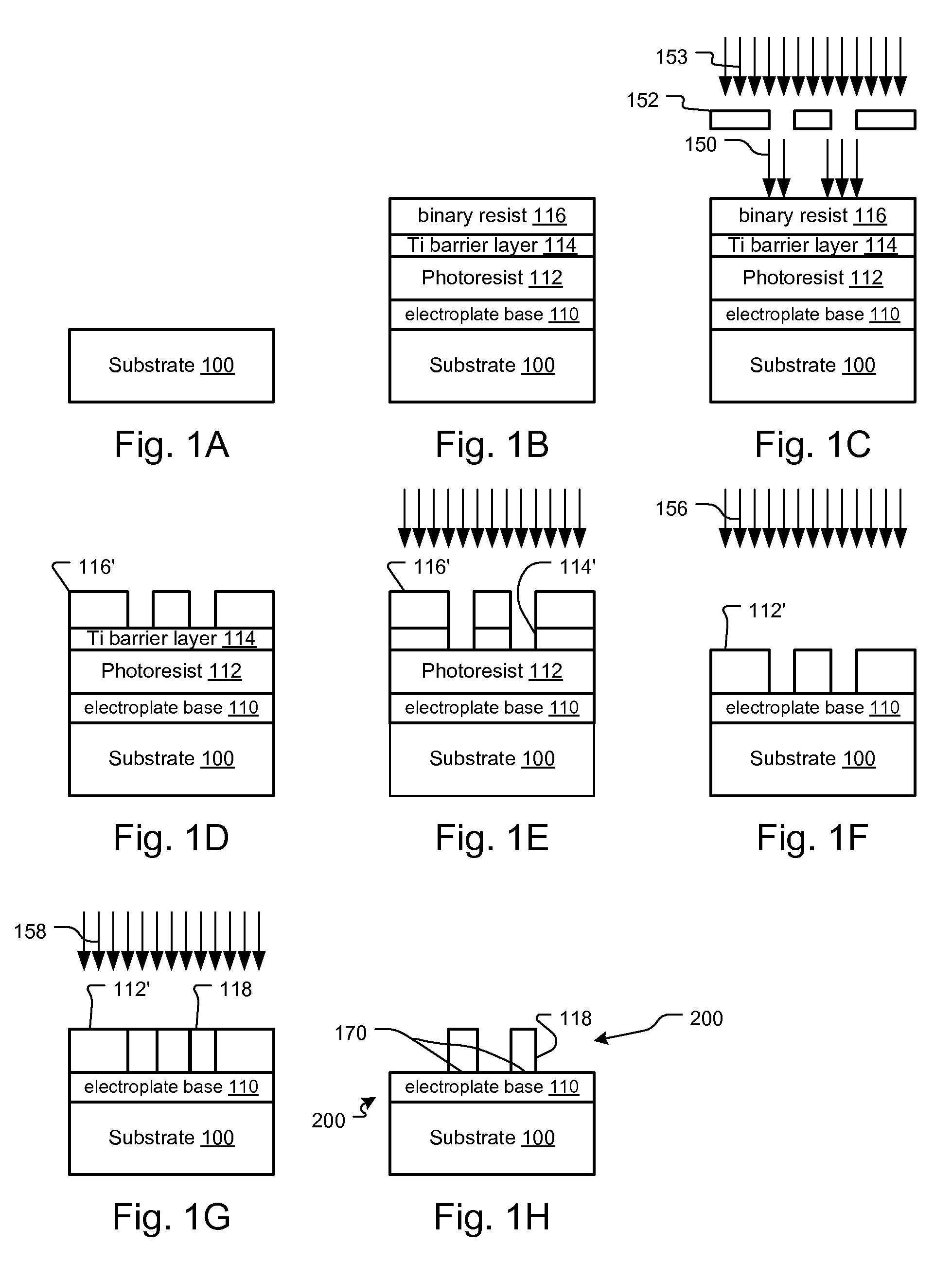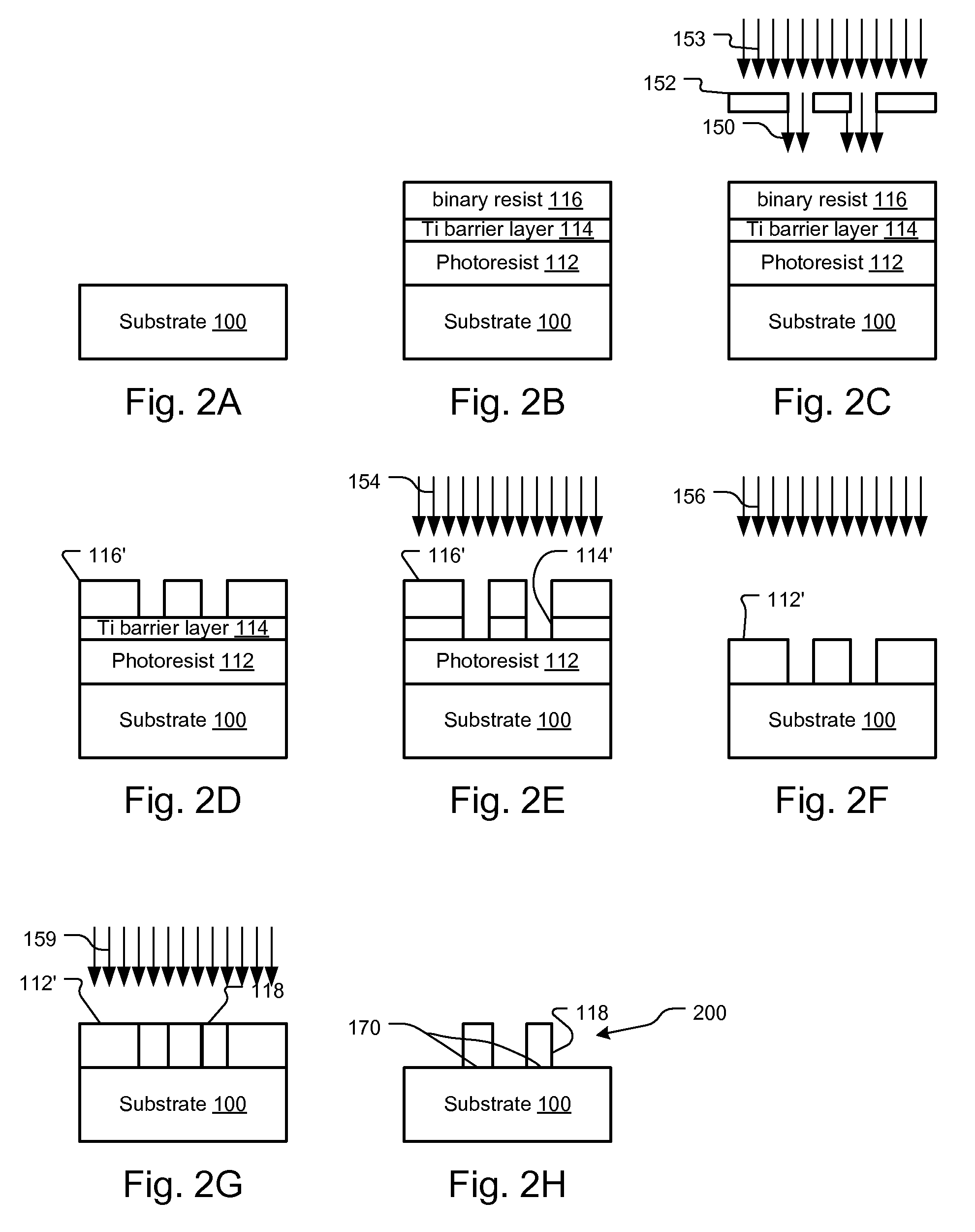High Aspect-Ratio X-Ray Diffractive Structure Stabilization Methods and Systems
a technology of diffractive structure and high aspect ratio, applied in the direction of instruments, material analysis using wave/particle radiation, optical elements, etc., can solve the problems of reducing performance, difficult stabilizing nanostructures, and inability to fill the spaces between structures with organic materials, so as to achieve not substantially undermine the diffractive performance
- Summary
- Abstract
- Description
- Claims
- Application Information
AI Technical Summary
Benefits of technology
Problems solved by technology
Method used
Image
Examples
Embodiment Construction
[0019]Gratings and zone plates are diffractive elements that manipulate light by the principle of diffraction. With x-ray radiation in the range of 100 eV and 10 keV, most materials provide little refractive effect but become very absorptive. As a consequence, diffractive optical elements have become the most effective means of changing the direction of and focusing x-ray beams. These diffractive optical elements are typically fabricated lithographically, with processes similar to that used in the fabrication of microelectromechanical systems (MEMS) and semiconductor integrated circuits. Two types of processes are often used today: 1. electroplating process shown in FIGS. 1A-1H; and a lift-off method shown in FIGS. 2A-2H.
[0020]FIGS. 1A-1H show an exemplary electroplating process for diffractive x-ray optics fabrication.
[0021]A substrate 100 is first coated with a conducting material that functions as an electroplate base 110, as illustrated in FIGS. 1A and 1B. Typically the conducti...
PUM
 Login to View More
Login to View More Abstract
Description
Claims
Application Information
 Login to View More
Login to View More - R&D
- Intellectual Property
- Life Sciences
- Materials
- Tech Scout
- Unparalleled Data Quality
- Higher Quality Content
- 60% Fewer Hallucinations
Browse by: Latest US Patents, China's latest patents, Technical Efficacy Thesaurus, Application Domain, Technology Topic, Popular Technical Reports.
© 2025 PatSnap. All rights reserved.Legal|Privacy policy|Modern Slavery Act Transparency Statement|Sitemap|About US| Contact US: help@patsnap.com



